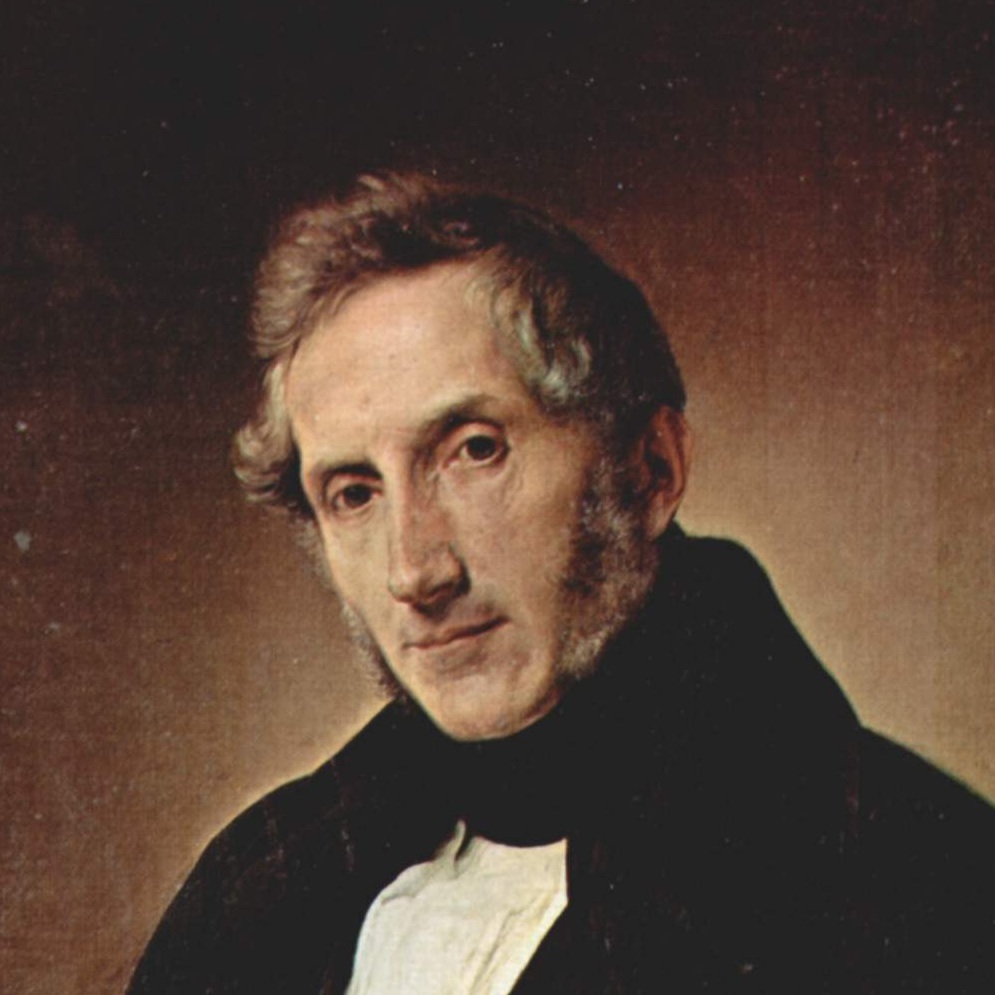
On March 7, falls the anniversary of the birth of Alessandro Manzoni. And speaking of falling: it was in 1873 when our Manzoni, already a successful writer known throughout Europe, falls like an ordinary mortal in front of the Church of San Fedele. From this church, before which now stands the bronze statue of the writer, we begin to travel the romantic places in Milan lived by Manzoni, in the years of the Italian Risorgimento and today.
Via Morone is the place where one can still visit the house where Manzoni spent much of his life and where he received Verdi, Garibaldi, Balzac. The house-museum occasionally hosts readings of the pages of The Manzoni. The lounge is a true nineteenth century meeting place where the fate of nascent Italy was decided; walking here in Milan today we find ourselves in a place full of atmosphere, but also extremely elegant, at the margins of neighbourhoods of museums such as the Poldi Pezzoli and of the Fashion District.
A mixture of art and new not to miss! Looking up to the sky we can see the white spire of the Gothic Cathedral with its golden Madonna, impossible not to visit. Don Lisander, as the Milanese call Manzoni, loved to walk the streets of Milan and perhaps his wandering gave birth to some creative ideas for “I promessi sposi”, his most famous novel. Manzoni describes a Milan in the grip of famine and plague: the first case of plague was recorded in San Babila and spread the plague spreaders on the benches of the Cathedral. The Lazzaretto is one of the most sad places remembered in the novel. The only remnants are visible today in Via San Gregorio between Buenos Aires and Via Tadino, today a shopping and cosmopolite area of Milan, where to shop and live a multicultural atmosphere, for an experience similar to European capitals. Finally, Don Lisander is remembered among the great of Italy at the Cemetery (Cimitero Monumentale), located in the northern part of the town. The atmosphere of Milan's literary elite can still be found walking in the avenues, contemplating the important and majestic buildings that portray a Milan bearer of great culture.